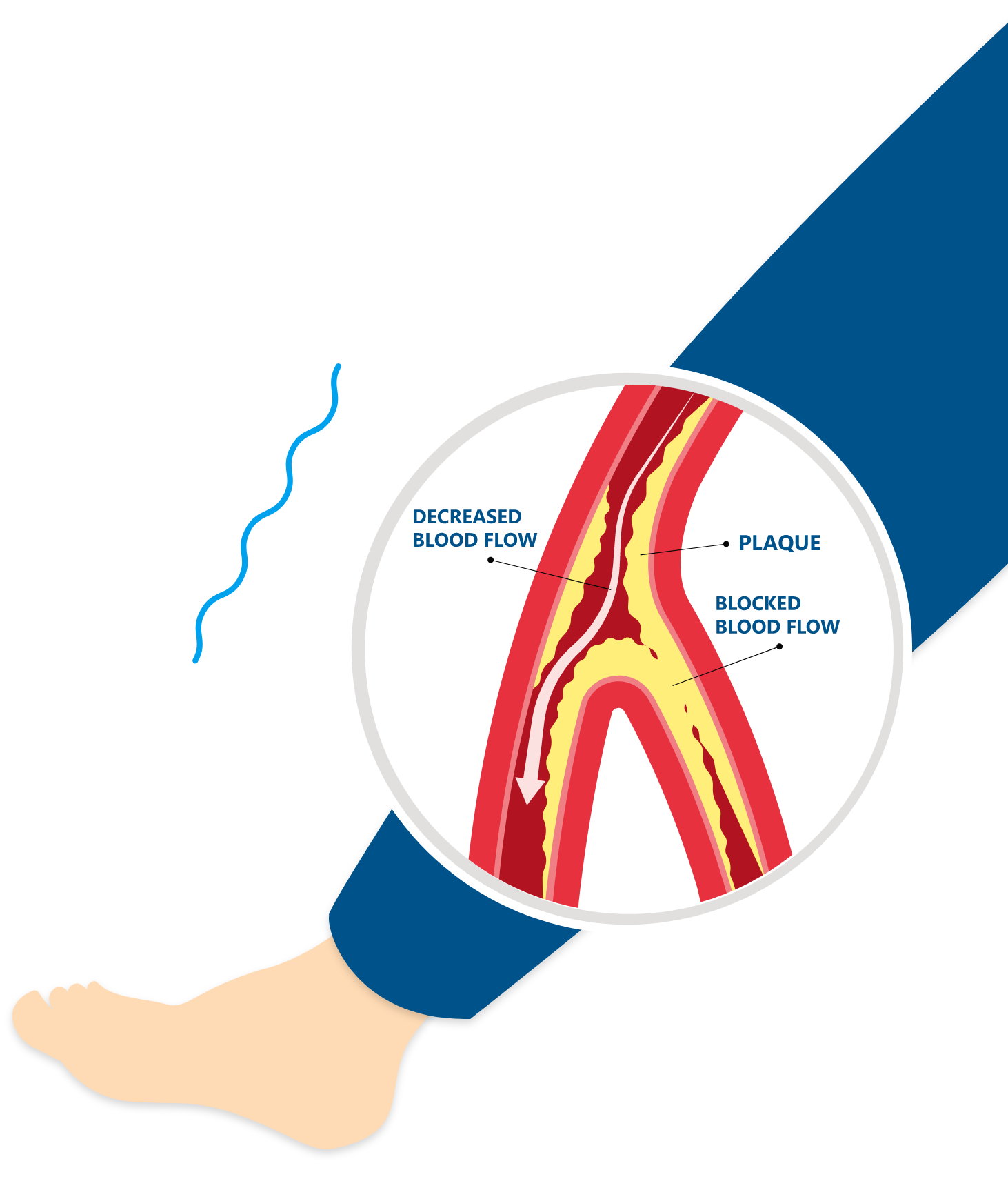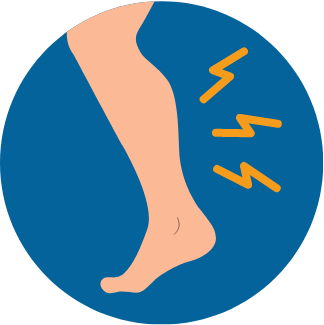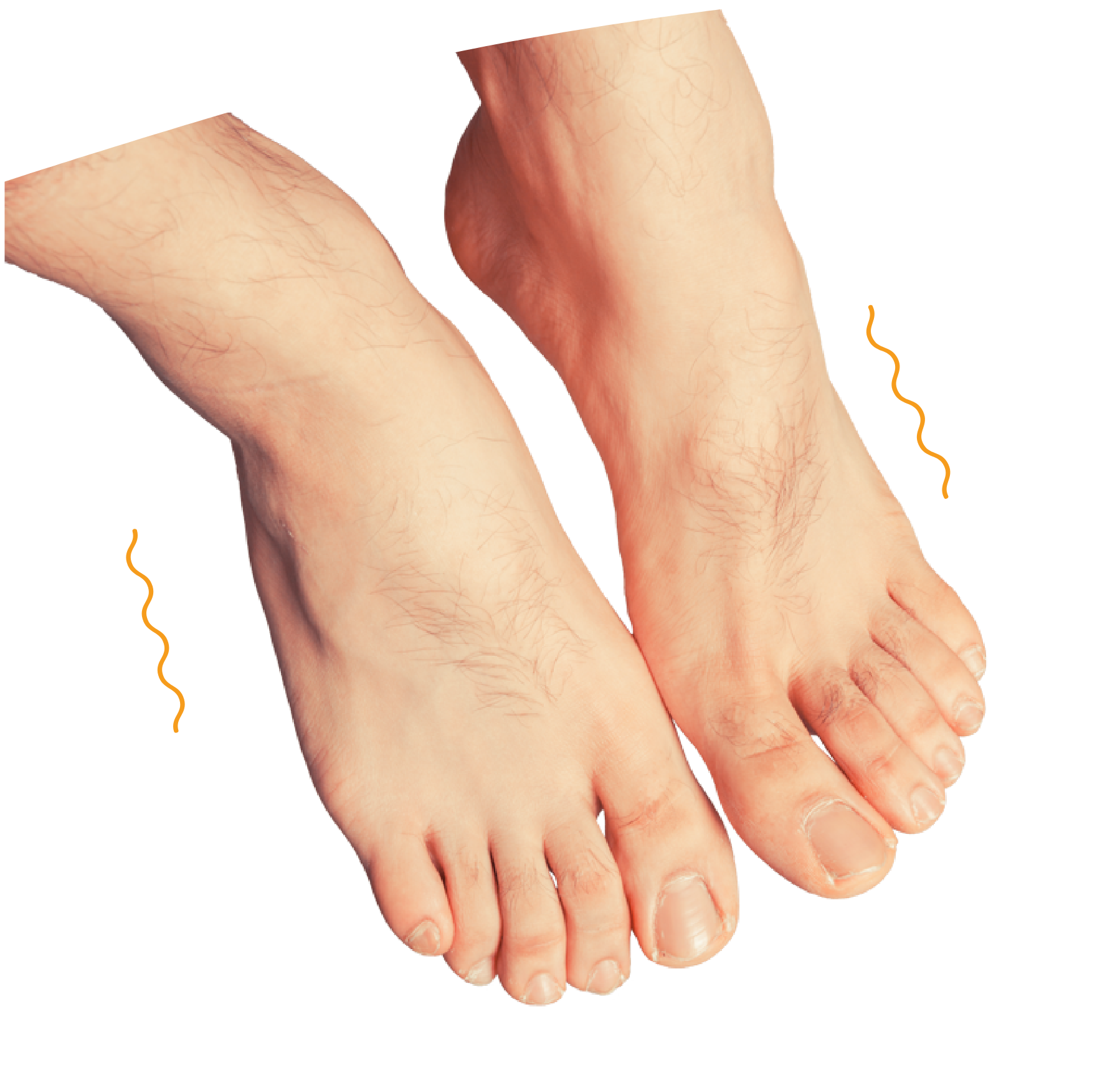
Dr. Polyxene (Polly) Kokinos and her team at South Bay Vascular are experts on diagnosing and treating patients with Peripheral Arterial Disease (PAD). Our state-of-the-art facility was specifically designed as a PAD treatment center, including a vascular ultrasound lab and specialized surgical center.
We have the experience and expertise to rejuvenate your legs—and revitalize your life. We can help!
Ask your doctor for a referral or make an appointment today.
Call 408-376-3626



How do I know if my leg pain is PAD?
Many people suffer from pain with walking. When it is related to problems in circulation to your legs, it is called claudication and generally presents as cramping in your buttock, thigh, or calf after a certain distance is walked.
Typically, the pain recurs almost every time you try to walk that distance. The pain generally goes away in less than a minute if you stop walking and take a rest, but it will return every time you walk about the same distance. There is usually no pain if you are just sitting or standing.
This kind of leg pain is NOT a normal part of aging or weight gain.
This pain occurs because of the build-up of plaque, or fatty deposits, on the inside of your blood vessels. This type of plaque build-up, or hardening of the arteries, is also a sign of a potential problem in your heart arteries and thus of increased risk for a heart attack.
There are of course many factors that may cause leg pain, including back problems, nerve problems, or arthritis. But if the pain affects the quality of your daily life and limits your activity, it is very important to get checked out by your primary care doctor and request referral to a vascular surgeon. A non-invasive vascular ultrasound can easily rule in or out the presence of an arterial issue.
Who is most at
risk for PAD?
High risk factors for Peripheral Arterial Disease include:
- 55 years or older
- Type 2 Diabetes
- Kidney disease
- High blood pressure
- High cholesterol
- History of smoking
- African-American
- Family history of PAD


SHOWTHOSE TOES!

If you think you may have PAD or other circulation problems, see your doctor immediately—and during your exam, be sure to take off your shoes and socks and SHOW THOSE TOES.
PAD is a very serious disease, but it can be treated if diagnosed properly. Your physician needs to examine your legs, feet, and toes for any of the telltale signs, especially if you are diabetic or have other contributing risk factors.

Solutions
There are multiple options for treatment of PAD, ranging from medical interventions to surgical revascularization and endovascular therapy. The experienced Vascular Surgeons at South Bay Vascular are uniquely qualified and trained to treat patients diagnosed with PAD.
Approaches to treatment may include:
- Minimally invasive endovascular procedures
- Medical management
- Exercise and lifestyle modifications
- Surgical bypass amputation
South Bay Vascular is recognized as the leading regional treatment center for patients suffering from Peripheral Arterial Disease. Our specialized training and state-of-the-art facility offers patients a unique alternative to a hospital setting and provides the highest level of care for the treatment of PAD as an alternative to limb amputation.
If you or a loved one suffers from PAD, call our office today
at 408-376-3626 to schedule a visit.


Additional PAD Resources
Dr. Polly Kokinos and the entire South Bay Vascular team are dedicated to educating medical practitioners and their patients about the dangers of Peripheral Arterial Disease—and the life-saving solutions that are now available.
Printed copies of these materials are available at no charge upon request. We also provide virtual and in-person group presentations.

For more information about pain while walking and PAD, see our blog articles:
- Could that Leg Pain be Peripheral Arterial Disease?
- Peripheral Arterial Disease (PAD): Early Recognition and Referral to a Vascular Surgeon
- Millions with Leg Pain have Peripheral Arterial Disease?
- When Hip Pain May Be More than Just Arthritis
- Peripheral Arterial Disease (PAD) Intervention and Treatment
- Learn more by watching this Overview of Peripheral Arterial Disease educational video

“Dr. Kokinos gave me back my legs by putting a stent in my artery. I can walk without pain again!”
– SBVC Patient
“Dr. Kokinos has been treating my vascular problems for at least 5 years. I am able to walk without pain in my legs now after femoral bypass surgery and a few stents to open clogged arteries. She is a great surgeon and I trust her completely. The office personnel are always pleasant and helpful.”
– SBVC Patient

